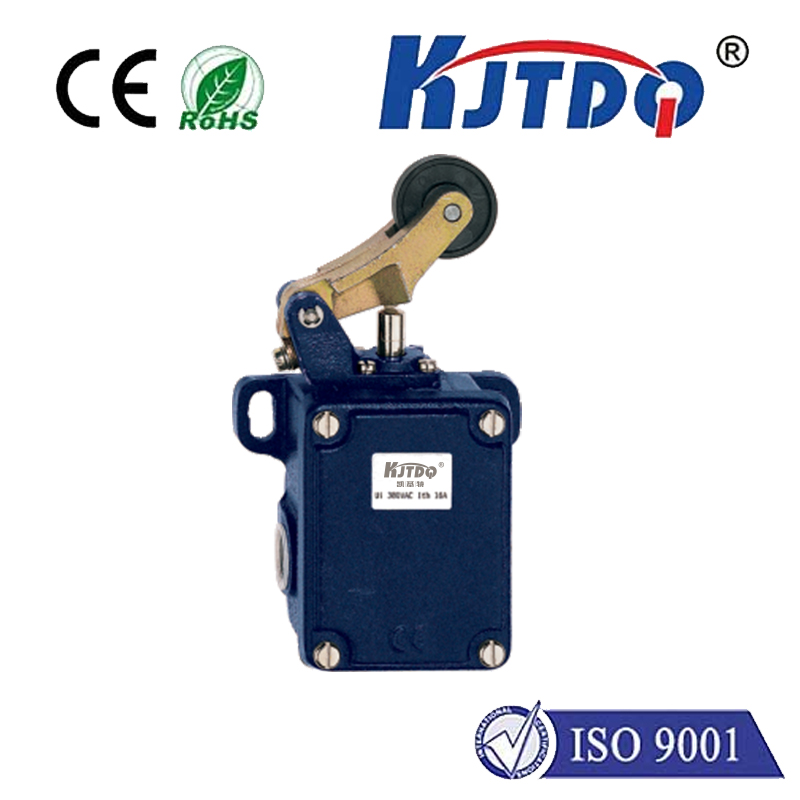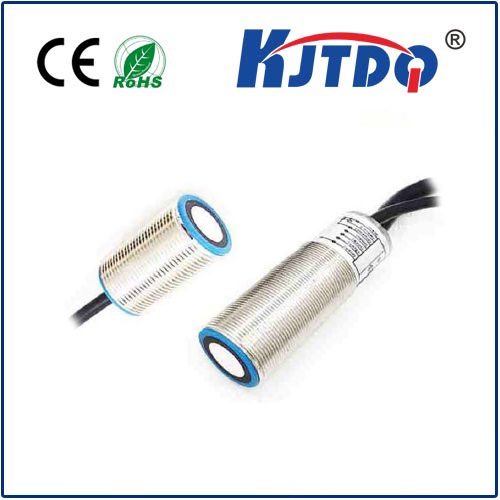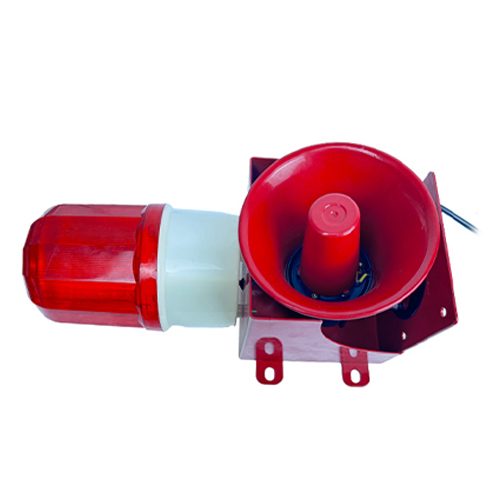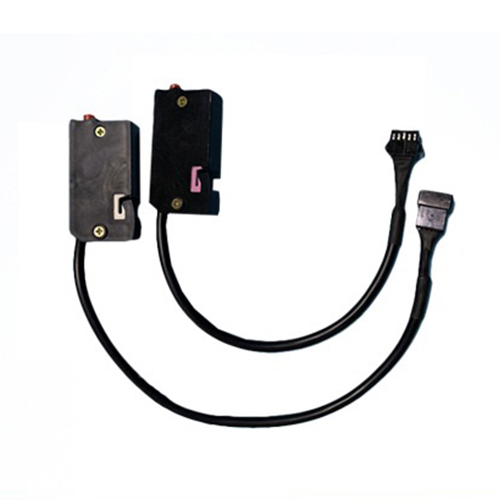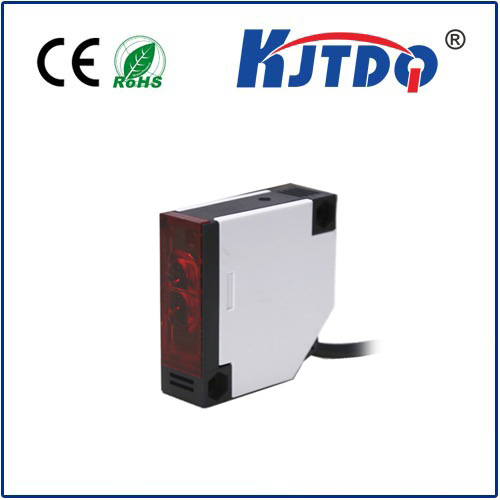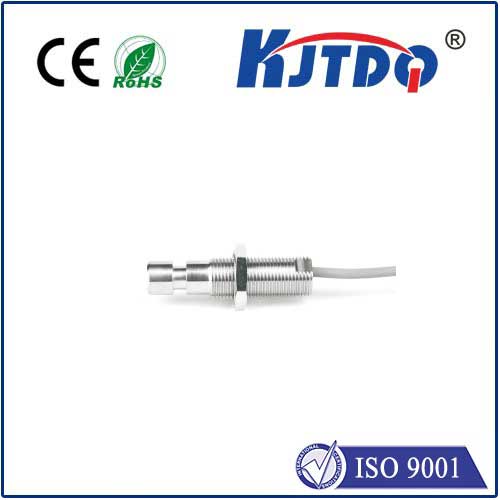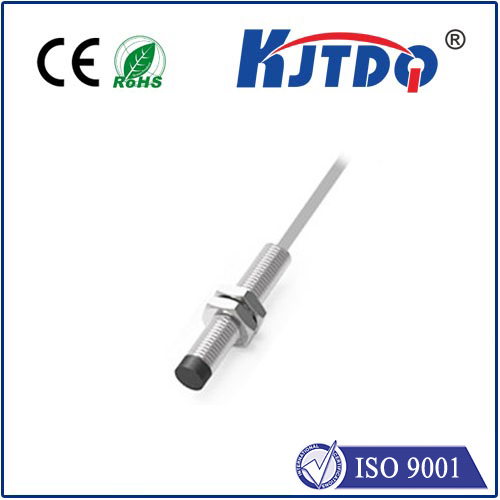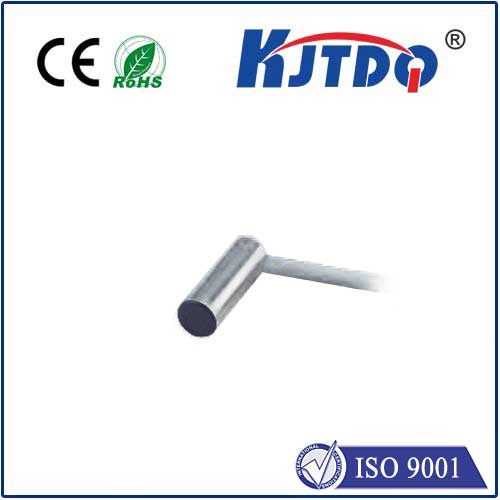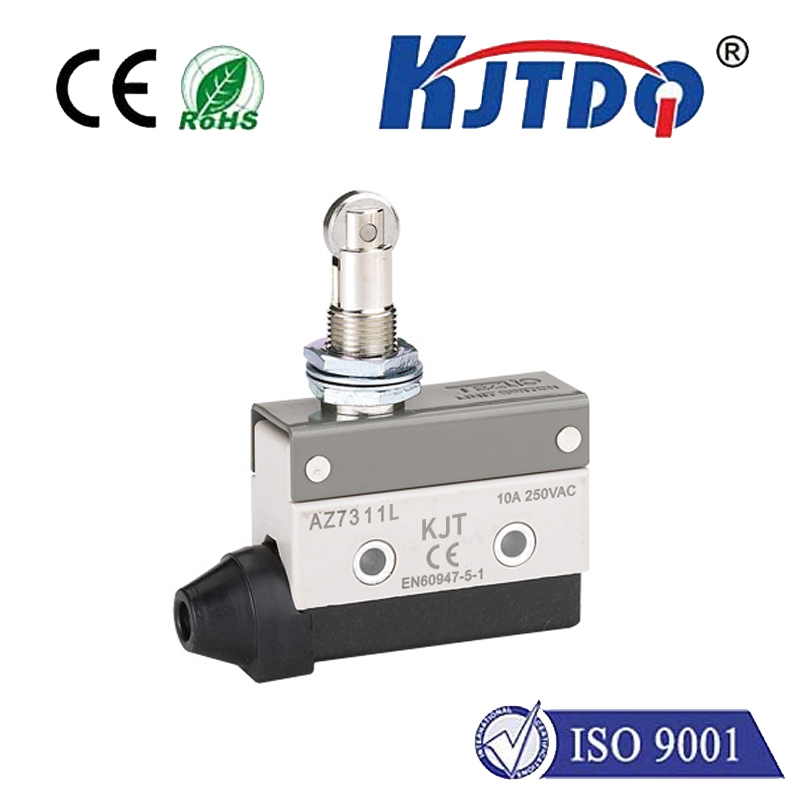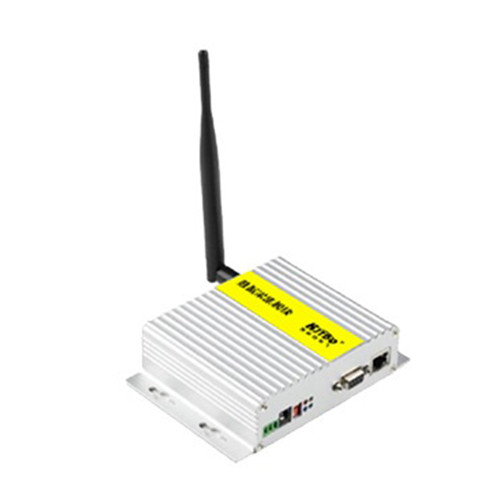

check

check

check

check

check

check

check

check

check

check
Think about the last time your smartphone screen dimmed during a call, an elevator door opened without a touch, or a high-speed assembly line flawlessly handled delicate parts. Invisible yet essential, proximity sensors make these moments possible. Among them, the End-to-End (E2E) proximity sensor stands out as a critical component, offering a unique solution for reliable, continuous detection where it matters most. This article dives into the world of E2E proximity sensors, exploring their function, advantages, and diverse applications that touch our lives daily.
Decoding “E2E” in Proximity Sensing
The term “E2E” here specifically refers to the sensor’s form factor and detection field geometry. Unlike standard barrel-shaped inductive proximity sensors, an E2E sensor features a distinctive, ultra-slim rectangular or flat profile. Crucially, its sensing field extends across its entire length, effectively from one physical end to the other. This eliminates the “blind spots” or reduced sensitivity areas often found near the mounting points of traditional cylindrical sensors. The design prioritizes consistent, reliable detection performance along the entire sensing face.
Core Technology: How E2E Proximity Sensors Work
E2E proximity sensors primarily operate on the inductive sensing principle, making them ideal for detecting metal targets without physical contact:
The E2E design ensures this sensitive field is uniformly distributed along the entire sensing face width.

Key Advantages Driving Adoption
The unique physical and functional characteristics of E2E proximity sensors translate into significant benefits:
Where E2E Proximity Sensors Shine: Key Applications
The combination of a slim profile and continuous end-to-end sensing unlocks solutions across numerous sectors:
Conveyor Systems: Detecting the edges of metal carriers, pallets, or specific fixtures as they move along the line. Critical for synchronization and process control where objects might shift slightly.
Printing & Packaging Machinery: Verifying the presence, position, or alignment of metal printing plates, cutting tools, folding mechanisms, or registration marks on metallic elements. The thin profile fits easily into compact print heads or folders.
Automotive Manufacturing: Used extensively on assembly lines for tasks like verifying door closure latches, hood/trunk positioning, the presence of small engine components, or robotic welding tip positioning.
Material Handling: Monitoring the position of metal flaps, diverters, or gates in sorting and routing systems where reliable detection is needed across the entire path.
Evolution in E2E Sensing: Smart Features and Connectivity
Modern E2E proximity sensors are evolving beyond simple ON/OFF detection:
Selecting the Right E2E Sensor
Consider these factors when choosing an E2E proximity sensor:
The End-to-End proximity sensor, with its hallmark continuous detection field and ultra-slim form factor, is a remarkably focused engineering solution. It addresses specific challenges of space limitations, blind spots, and the need for reliable detection of demanding targets with elegance and efficiency. As automation demands ever-higher levels of precision and integration, the E2E sensor’s unique capabilities and evolving smart features ensure it remains an indispensable tool in the engineer’s arsenal, quietly enabling complex processes and reliable automation across countless industries.
